- Why Scientists Track Atmospheric Carbon With Giant Towers - October 7, 2025
- The Link Between Melting Ice and Rising Sea Levels Explained - October 6, 2025
- How Ocean Currents Help Regulate Global Climate - October 5, 2025
The “Dark Side” Isn’t Actually Dark
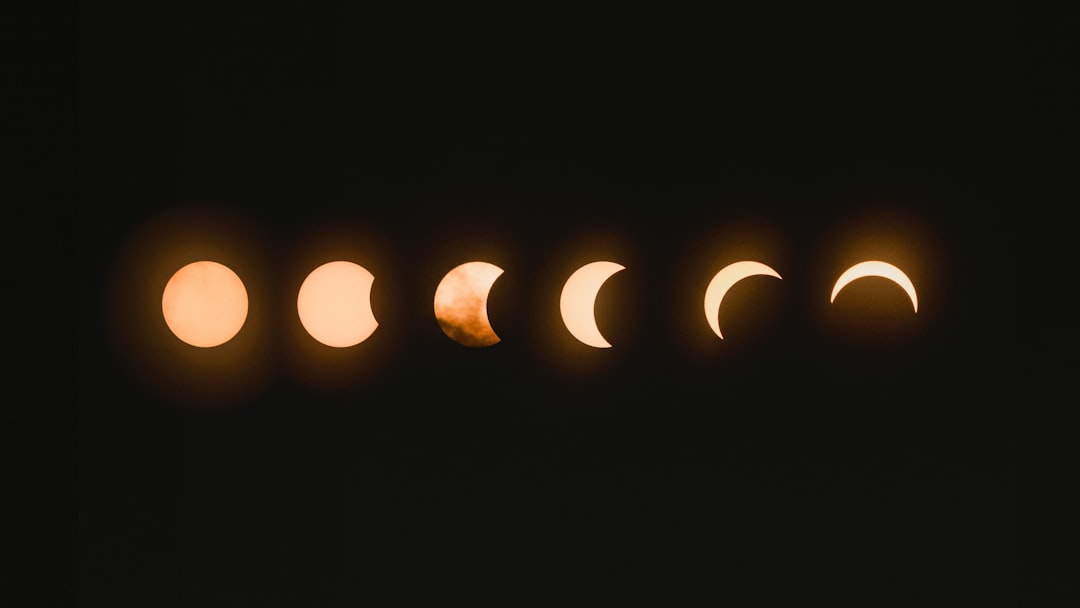
Here’s something that might blow your mind right away: there is no dark side of the Moon. At any one time, half of the Moon is illuminated, and half is in darkness. A lunar day and night both last for around two weeks. As the Moon rotates and orbits around the Earth at the same speed, it means that humans looking up at the night sky will always see the same side of the Moon. So, when people talk about the dark side of the Moon, they’re actually talking about the side that’s always facing away from Earth.
The term “dark side” comes from the fact that we can’t see it from Earth, not because it doesn’t receive sunlight. There’s no real “dark side” of the moon, but the far side, which faces away from Earth, is different from the near side we see every day. This misconception has been around for decades, partly thanks to Pink Floyd’s famous album, but now you know the truth.
China Made History With the First Landing There

All crewed and uncrewed soft landings had taken place on the near side of the Moon, until January 3, 2019, when the Chang’e 4 spacecraft made the first landing on the far side. This wasn’t just any landing either – it was a massive technological achievement that required launching a relay satellite first. A communication relay satellite, Queqiao, was first launched to a halo orbit near the Earth–Moon L2 point in May 2018.
When the Chang’e-4 mission landed in the Von Karman crater on January 3, 2019, China became the first and only country to land on the far side of the moon — the side that always faces away from Earth. China is now the first and only country with a rover exploring the far side. The mission deployed the Yutu-2 rover, which has been exploring the lunar far side ever since, making groundbreaking discoveries about our celestial neighbor.
It Looks Completely Different From the Near Side
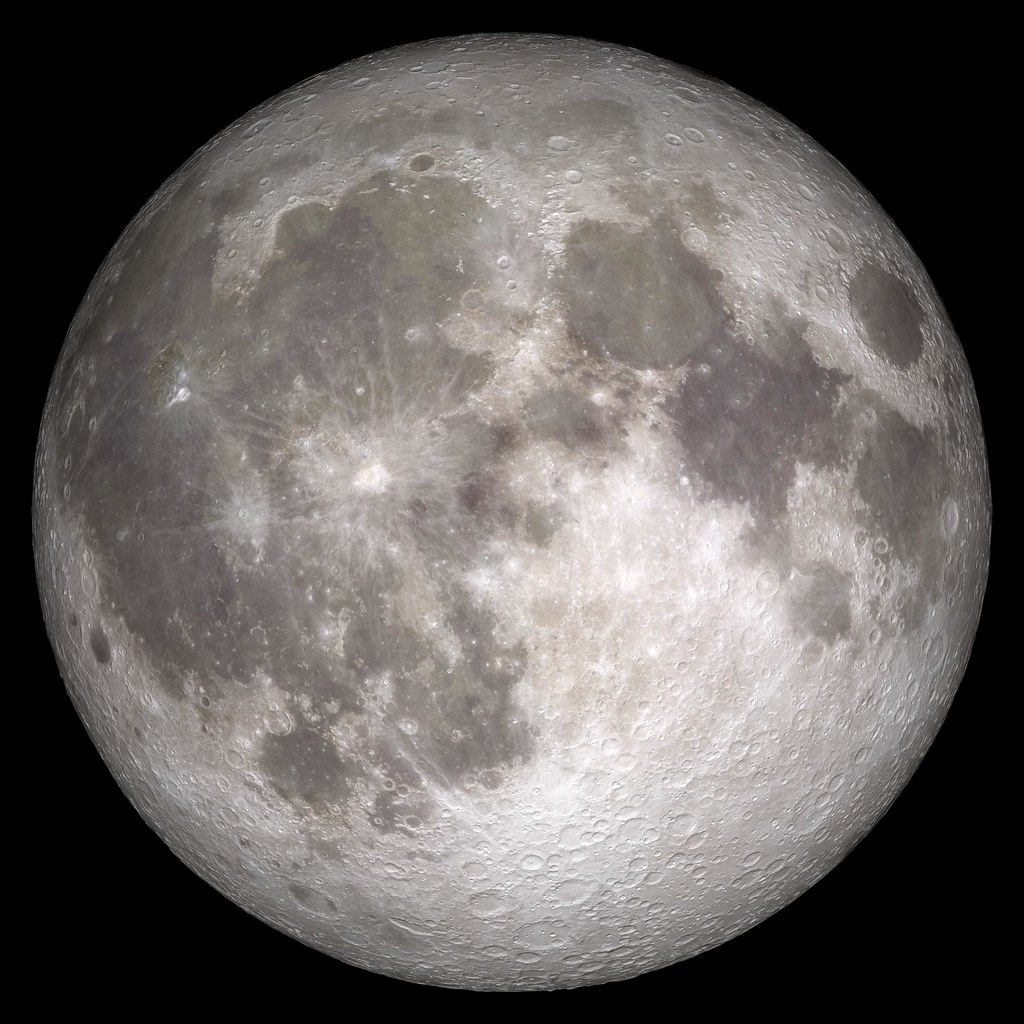
Compared to the near side, the far side’s terrain is rugged, with a multitude of impact craters and relatively few flat and dark lunar maria (“seas”), giving it an appearance closer to other barren places in the Solar System such as Mercury and Callisto. The difference is so striking that early astronomers were shocked when they first saw images from Soviet probes in the 1960s.
Scientists are interested in the far side partly because its topography is quite different from that of the near side, with lots more impact craters and basins, and far fewer smooth, flat mare regions. The Moon’s near side, which we can see from Earth, is covered with dark mare, created as lunar basins filled with magma and then cooled. The far side has rare, small mare, but is heavily sprinkled with craters.
A Mysterious Mass Lurks Beneath the Surface
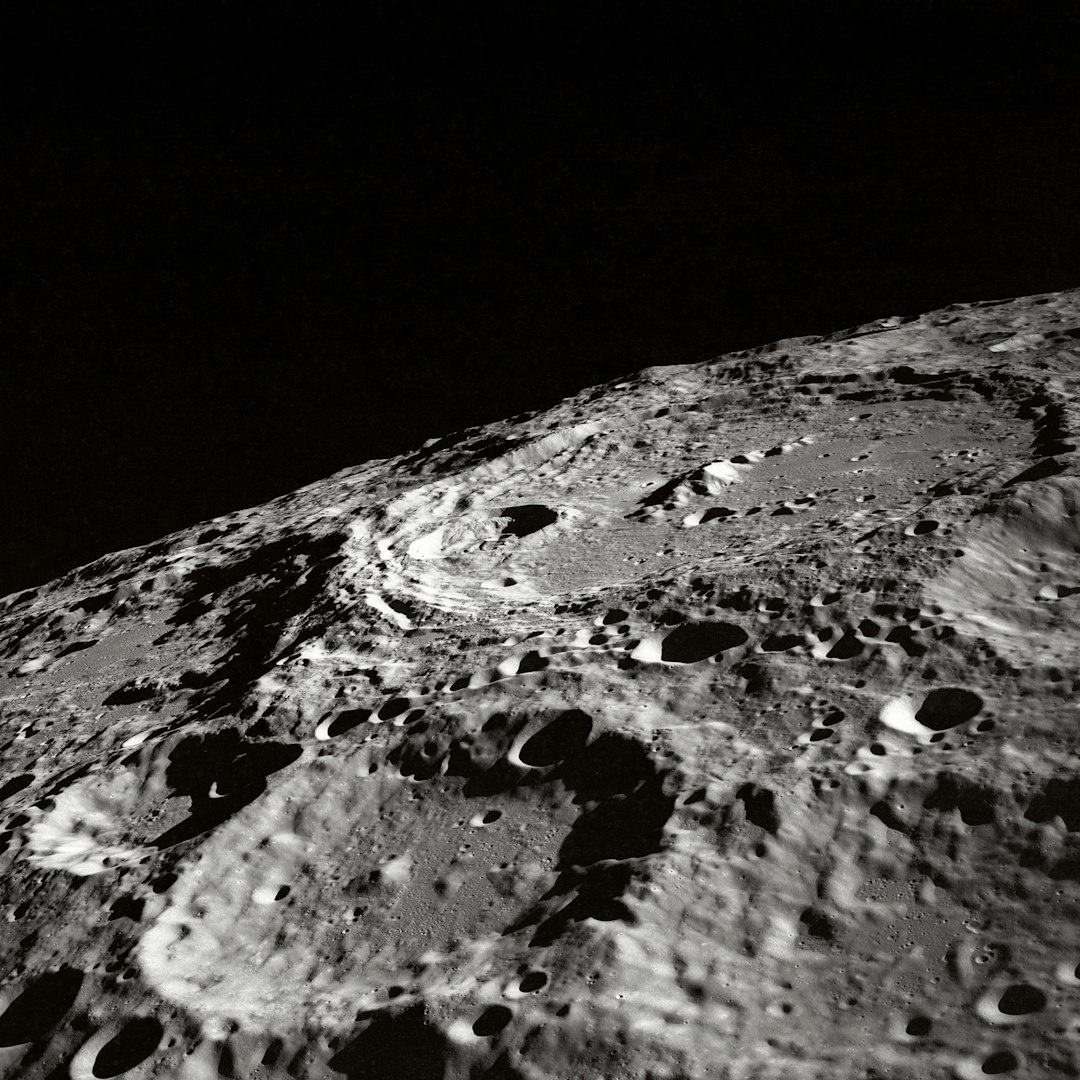
Recently, scientists using the gravity-mapping Gravity Recovery and Interior Laboratory (GRAIL) mission discovered a giant, mysterious mass, about five times larger than Hawaii’s Big Island, beneath the SPA basin. The object is probably enriched with metal, and is dragging the crater basin floor down by more than half a mile (0.8 km).
It’s a lot of mass, too, according to Peter B. James, assistant professor of planetary geophysics in Baylor University’s College of Arts & Sciences: Imagine taking a pile of metal five times larger than the Big Island of Hawaii and burying it underground. That’s roughly how much unexpected mass we detected. It may be the metallic remains of the asteroid that created the basin, still embedded in the Moon’s mantle. Another possibility is that the mass may be the result of chemical compounds called oxides accumulating as the Moon’s magma ocean cooled, but the asteroid theory is favored since it would be an odd coincidence for the mass and a massive impact site to overlap so precisely.
Scientists Found Possible Moon Mantle Material
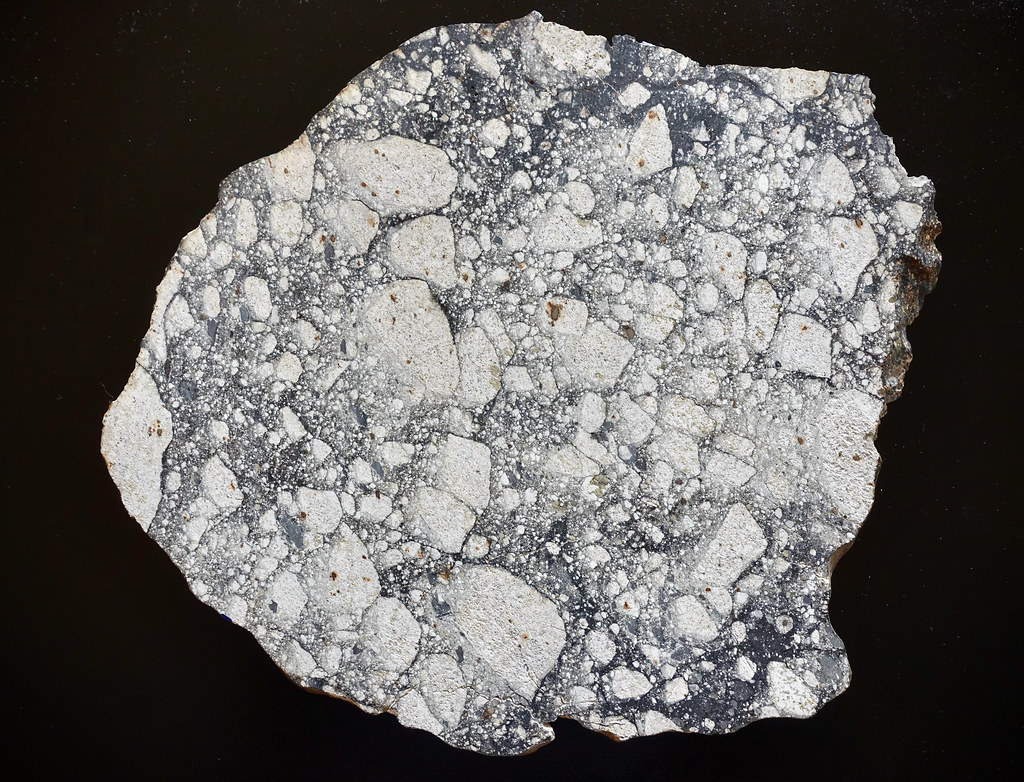
In May 2019, it was reported that Chang’e 4 has identified what appear to be mantle rocks on the surface, its primary objective. “We found that the material of the Chang’e-4 landing site is mainly composed of olivine and low-calcium pyroxene,” says Dawei Liu, one of the paper’s co-authors. “This mineral combination is the candidate mantle-derived material.”
Yutu-2, the rover partner to the Chang’e-4 lander, used reflected radiation to analyze the minerals within its landing site inside the moon’s Von Kármán crater. In doing so, it spotted layers rich in two mineral types that aren’t a match for typical lunar crust. The study authors argue that it is likely these mineral patches represent upper mantle material, according to work appearing today in the journal Nature. This discovery could revolutionize our understanding of the Moon’s internal structure and formation history.
It’s Surprisingly Dry Compared to the Near Side
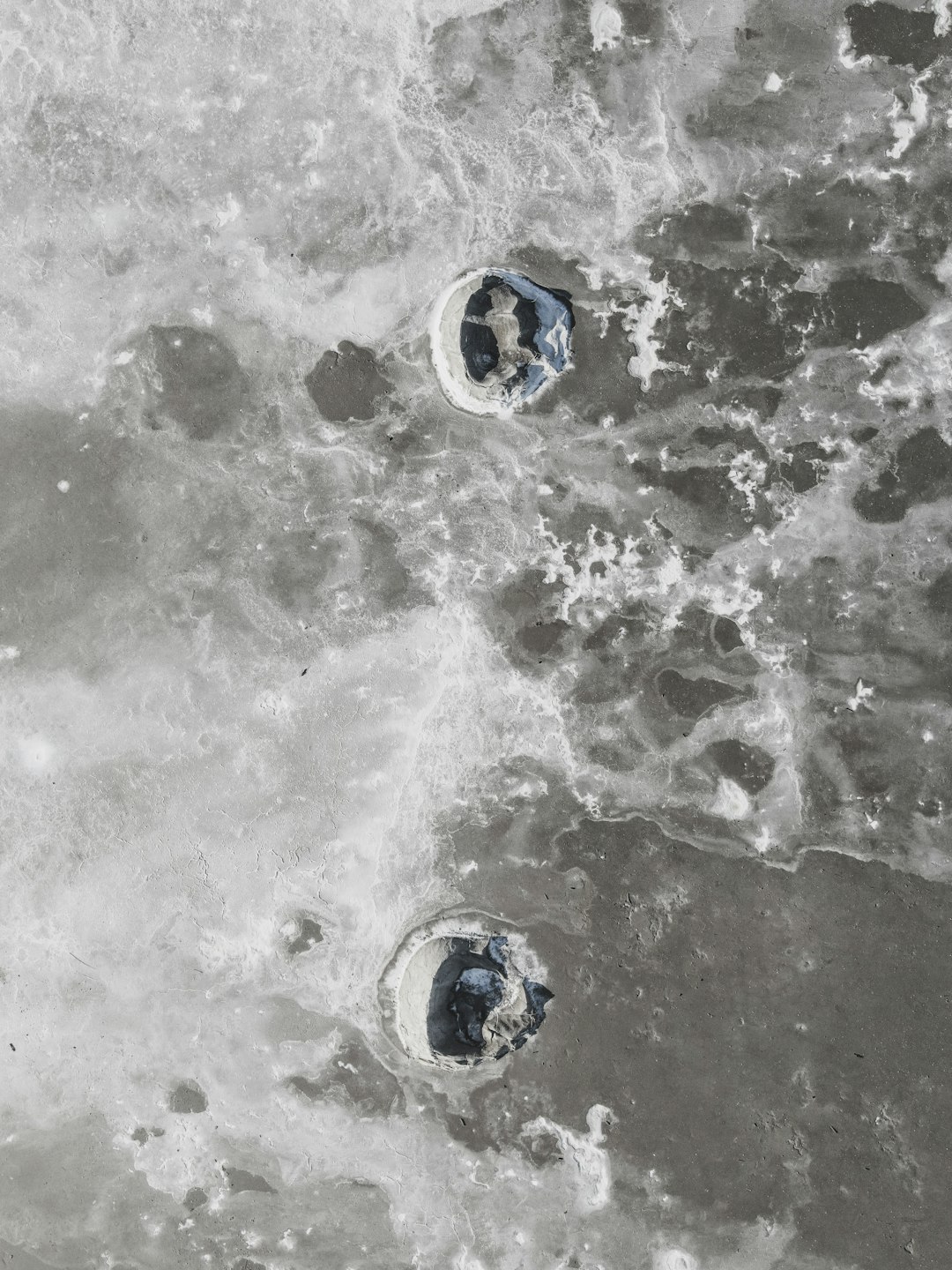
The first samples returned from the far side of the Moon suggest it’s 10-100 times drier than the side nearer Earth. This new discovery feeds into wider questions about how the Moon has water in the first place. This finding from the Chang’e-6 samples has caught scientists completely off guard.
“Even then, I don’t believe anyone had suggested that water wasn’t evenly spread across the Moon. We’ve been biased by our use of samples from the near side of the Moon, and this discovery, if confirmed, has a lot of implications for understanding how much water there is on our celestial neighbour.” The findings of the study were published in the journal Nature. The discovery challenges everything we thought we knew about lunar water distribution.
China Successfully Returned the First Samples
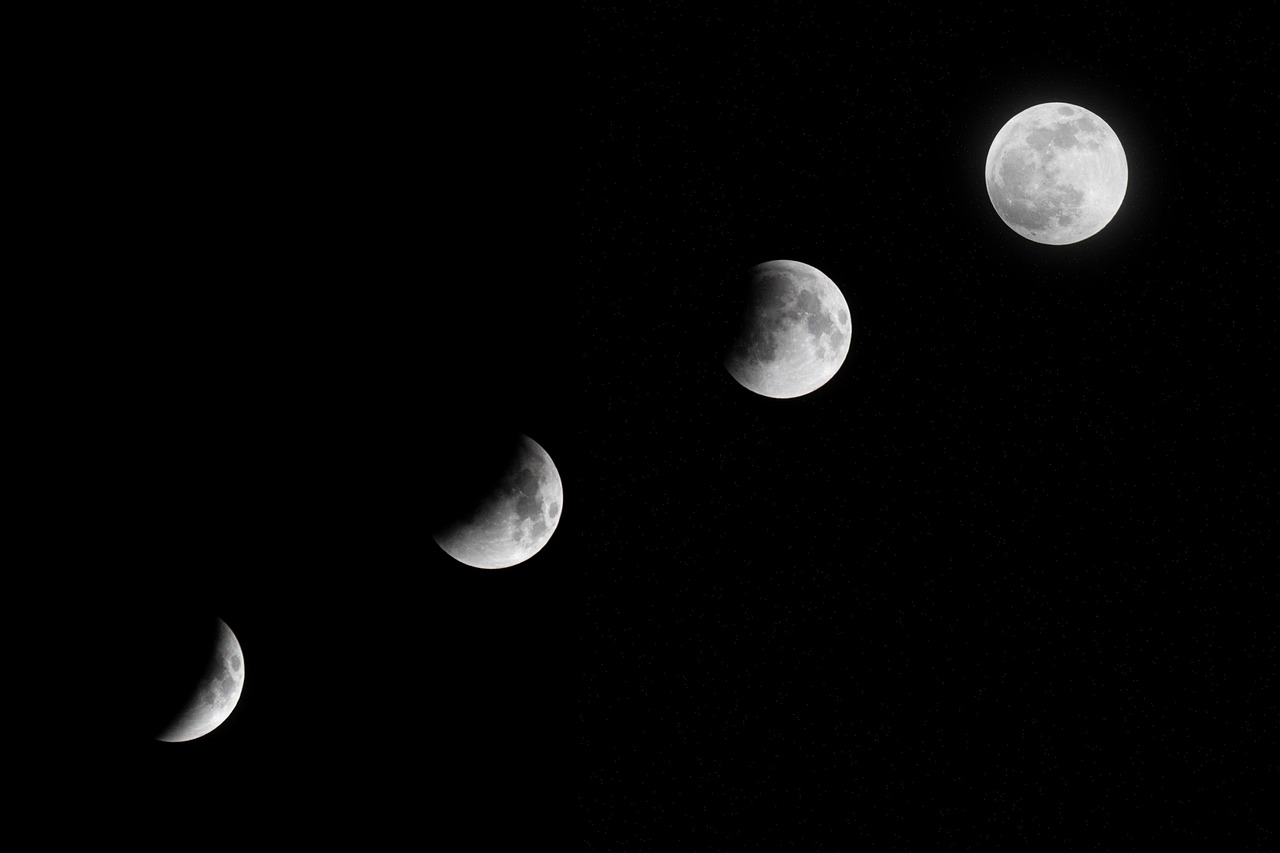
The Chang’e 6 sample-return mission was launched on May 3, 2024, landed in the Apollo basin in the southern hemisphere of the lunar far side and returned to Earth a month later on June 25 with humanity’s first lunar samples retrieved from the far side. The sample container was then transferred to the returner, which landed in Inner Mongolia on 25 June 2024, completing China’s far side sample return mission.
The returner of the Chang’e-6 probe touched down on Earth on June 25, bringing back the world’s first samples collected from the Moon’s far side. Last year, however, the Chang’e-6 mission, developed by the China National Space Administration (CNSA), made history by returning the first samples from the far side of the Moon. This achievement represents a monumental step forward in lunar science and space exploration.
Hidden Structures Lie Deep Underground
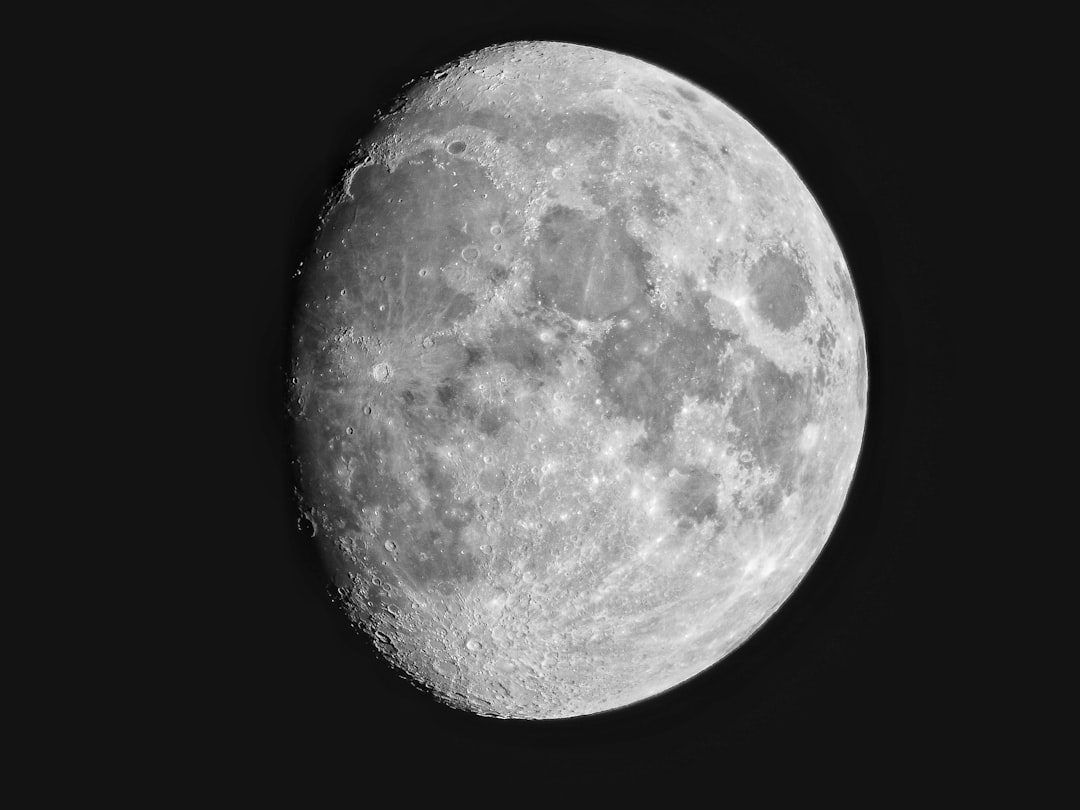
With data from China’s Chang’e-4 rover, scientists were able to visualize the upper 1,000 feet of the moon’s surface for the first time. Their results reveal billions of years of previously hidden lunar history. The rover’s ground-penetrating radar has been like having X-ray vision for the Moon’s subsurface.
These new data suggest the top 130 feet of the lunar surface are made up of multiple layers of dust, soil, and broken rocks, Feng said. Hidden within these materials was a crater, formed when a large object slammed into the moon. Feng and his colleagues hypothesized that the rubble surrounding this formation was ejecta — debris from the impact. Farther down, the scientists discovered five distinct layers of lunar lava that seeped across the landscape billions of years ago.
Radio Telescopes Could Be Built There
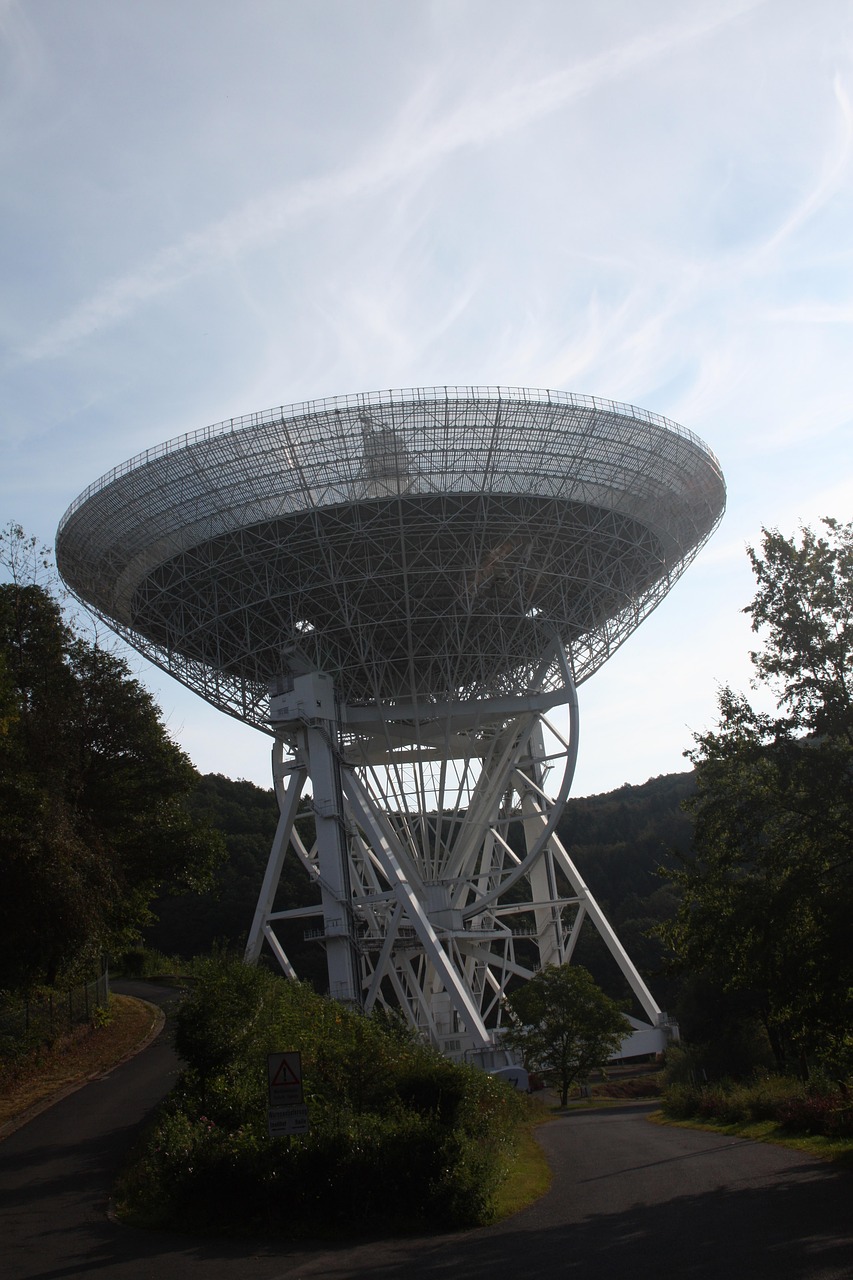
Scientists are interested in the far side partly because there is growing interest in the idea of eventually constructing a radio telescope there. That’s because such a telescope would be facing out into space, and be shielded by the Moon’s sheer bulk from any signal interference originating from Earth.
A small mission to test technology to detect radio waves from the cosmic Dark Ages over 13.4 billion years ago will blast off for the far side of the moon in 2025. The radio astronomy experiment LuSEE-Night will test technologies for radio telescopes on the far side of the moon. The U.K.-led CosmoCube mission would observe from the far side of the moon, which acts like a giant shield, blocking out all the radio noise from Earth. This would create a clear, quiet spot to “listen” for an “ancient whisper” and learn more about the universe’s Dark Ages and Cosmic Dawn—periods that are currently largely mysterious.
The Basin May Have Shaped the Moon’s Two Faces
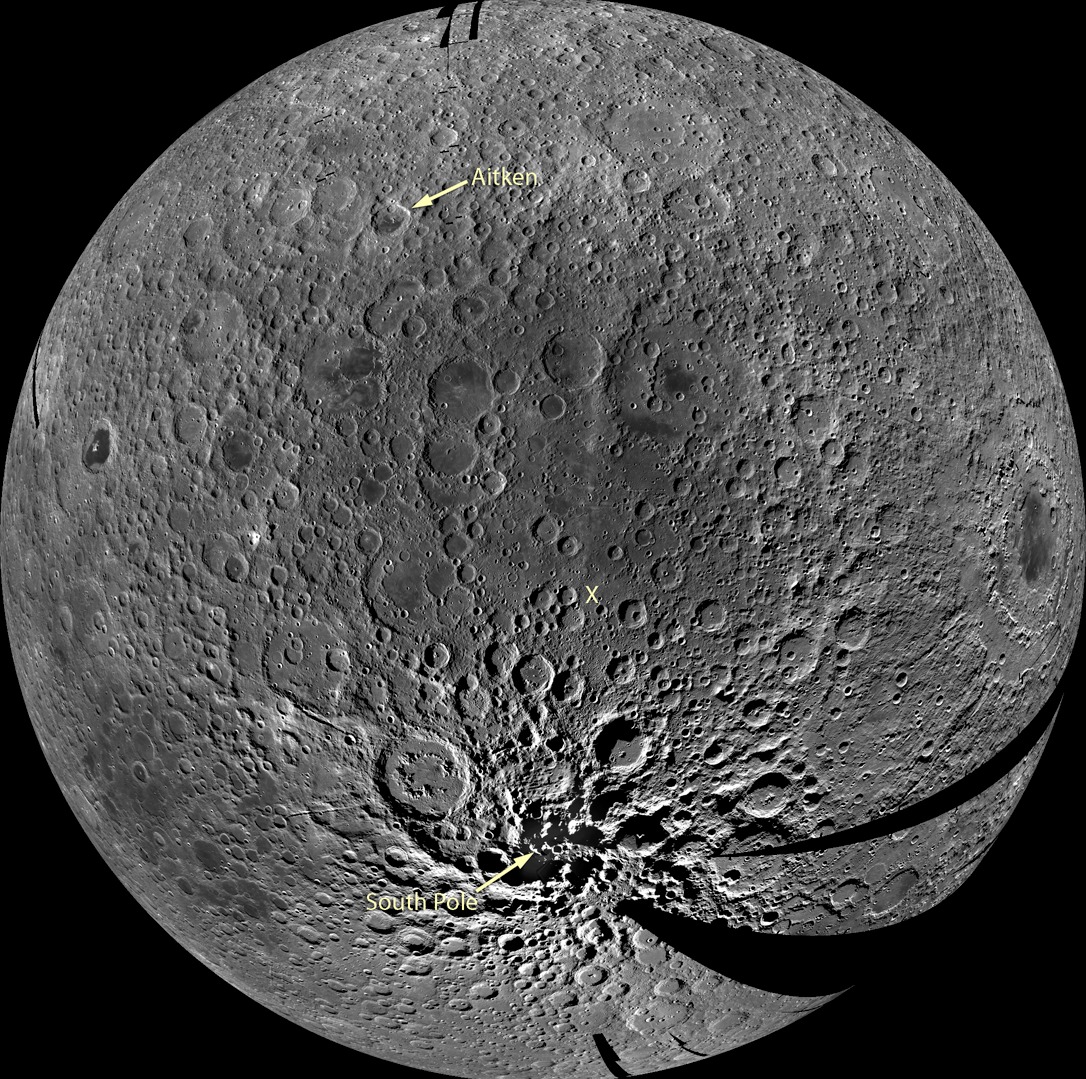
One of the Moon’s great mysteries is why its sides look so different from one another. Some planetary scientists think that an immense impact of some kind may have triggered the differences between the two sides. The SPA impact is a possible culprit, since it would have added a tremendous amount of energy to the Moon’s interior processes.
The flood of heat could have concentrated heat-generating and rare-earth elements on the Moon’s nearside, producing a prolonged volcanic environment that would have created the vast plains of magma that cooled to form dark basaltic mare. This theory suggests that one massive impact billions of years ago may have fundamentally shaped the Moon we see today, creating the stark differences between the familiar near side and the alien-looking far side.
It Holds Keys to Early Solar System History
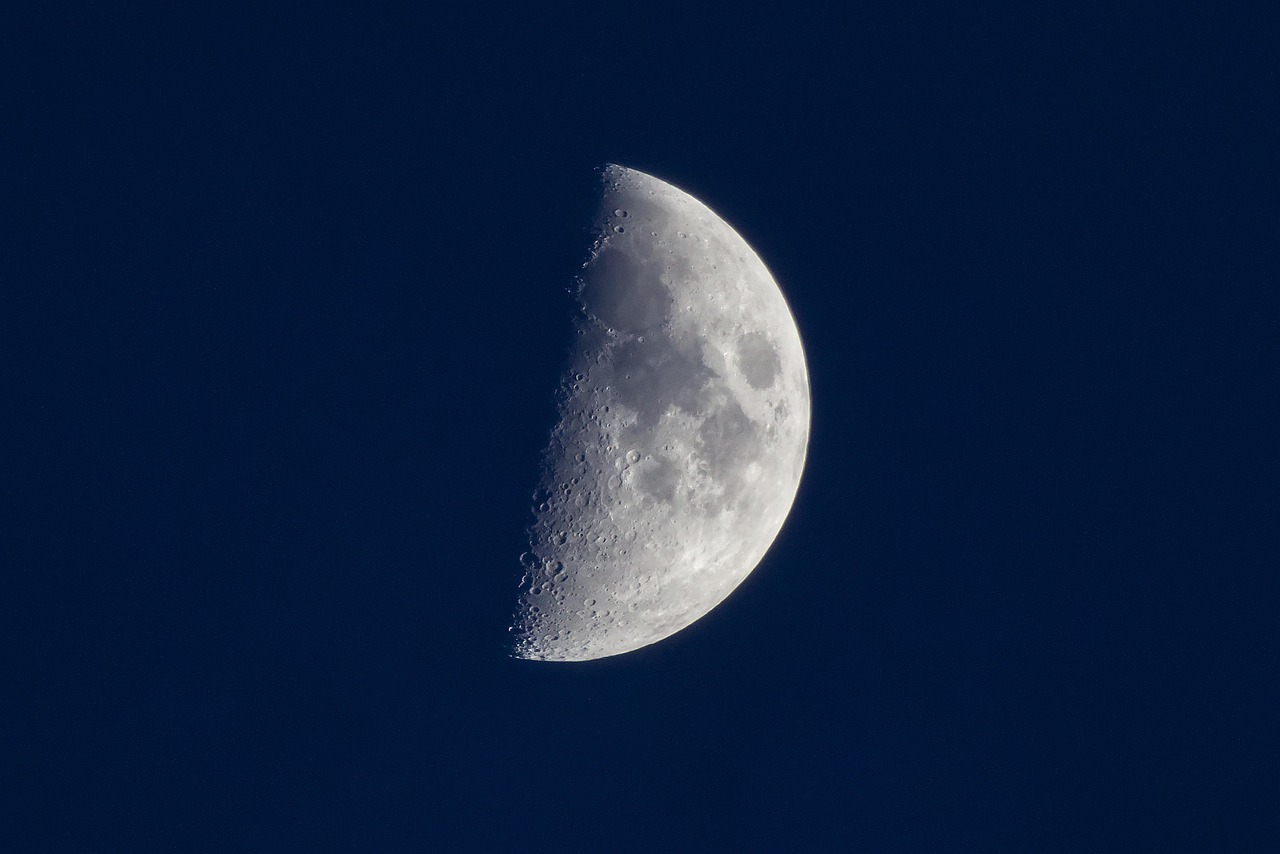
Scientists expect that studying this basin will teach us about the history of major collisions in our solar system and help us learn when that period of collisions began and ended, a pivotal point for opening the way to the development of life on Earth. The far side is essentially a time capsule, preserving evidence of events that occurred when Earth was still forming.
The SPA basin, a vast impact structure spanning the moon’s far side, is believed to have formed during a period of intense asteroid bombardment that shaped much of the solar system within its first few hundred million years. The findings highlight the basin’s formation during a period of intense asteroid bombardment, offering insights into lunar history and early solar system dynamics. Understanding this ancient impact helps scientists piece together what conditions were like during the chaotic early days of our solar system, when massive collisions were common and life on Earth was just beginning to emerge.
The Moon’s far side continues to surprise us with each new mission and discovery. What started as humanity’s first glimpse of the unknown has evolved into a treasure trove of scientific insights that challenge our understanding of lunar history, planetary formation, and even the conditions that allowed life to flourish on Earth. Did you expect that a simple misnamed “dark side” would hold so many secrets about our cosmic neighborhood?
